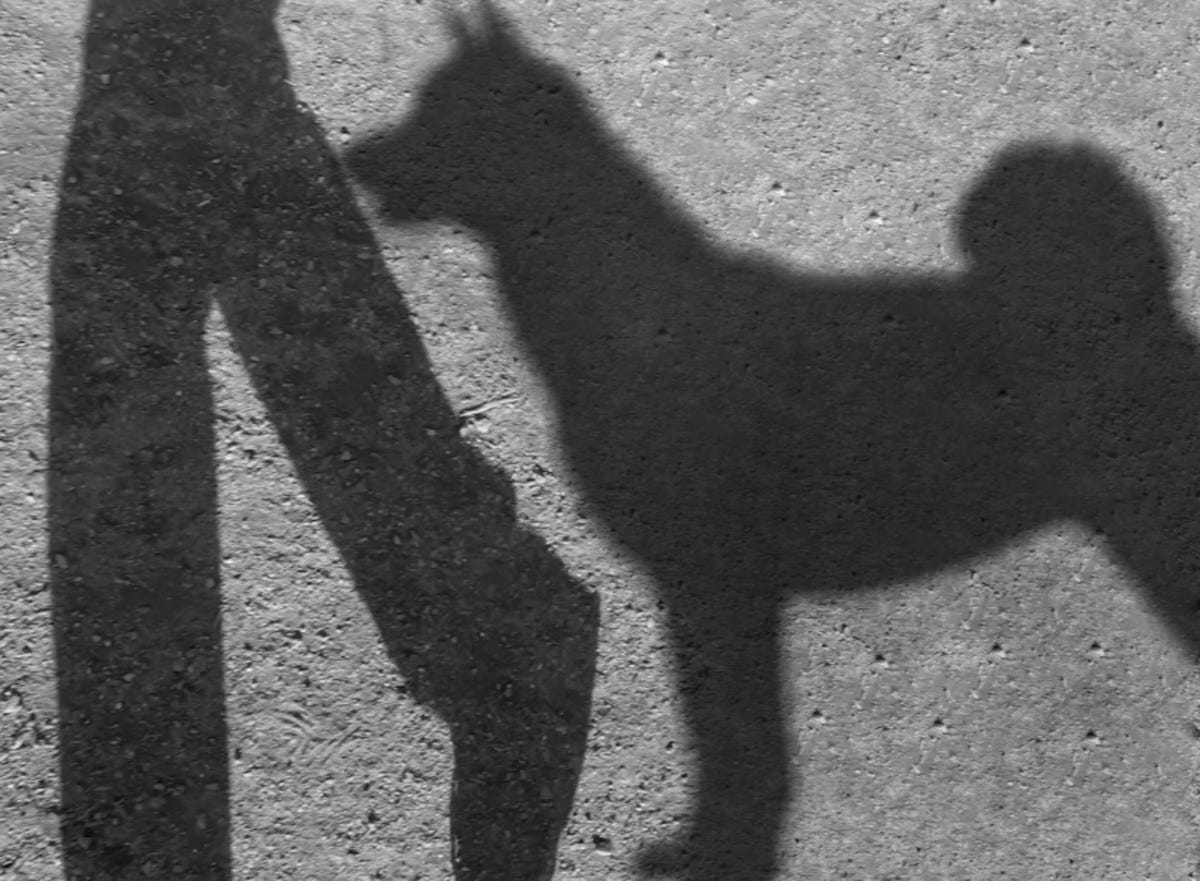Drinking Too Much and Fearing Too Little
Help needed from experienced dog owners
I watched the street lights flicker on as I was standing on security detail between the parking lot and the beach while my son took our little terrier down to the shore. Tearing around in circles she’s bold as a newly licensed teen doing donuts in a parking lot—kicking up white glistening sand with glee.
But one of us always has to watch for other dogs w…
Keep reading with a 7-day free trial
Subscribe to Honestly Human to keep reading this post and get 7 days of free access to the full post archives.



